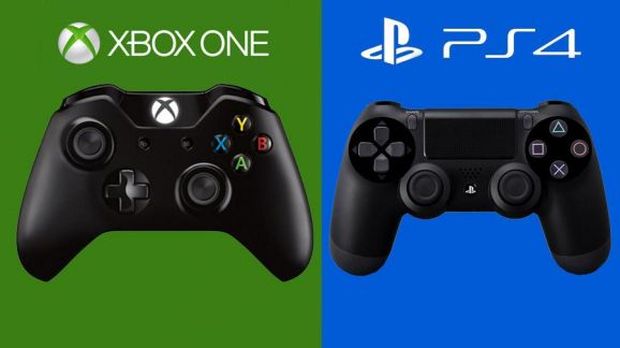The new consoles, PS4 and Xbox One, for the most part have a powerful GPUs backed up by a solid amount of memory but the clock speed of their respective CPU are no where closer to what we have in modern gaming PC CPUs. The Xbox One is clocked at 1.75Ghz whereas the PlayStation 4 is rumored to be a clocking at 1.6Ghz with the capability to be over clocked at 2.75Ghz. So how do these numbers matter in cloth simulation technology?
GamingBolt recently got in touch with Joe van den Heuvel from Cloakworks, a company that specializes in cloth simulation in video games. “Clock speed isn’t always a reliable way to compare the relative performance of two different processors,” Joe tells us. “The key difference with the processors of the latest generation is that they are a lot wider. The number of floating point operations that a can be done with a single SIMD instruction has doubled since the last generation. The number of processor cores has increased as well, and so has the memory bandwidth. This all adds up to a massive opportunity to do work in parallel, and Shroud takes full advantage of that; it can go very wide to enable outstanding throughput performance,” he further explains.
Cloakworks is a technology that is mostly dependent on CPU so we asked Joe about the benefits DirectX12 can bring to the simulation, especially given that the CPU Overhead is expected to reduce by 50% with DX 12.
“DX12 is very exciting for us! As a CPU-based technology, having more CPU processing power available is always a plus. But more than that, pushing the results of the cloth simulation to the GPU to be rendered every frame has some overhead associated with it. If DX12 can help reduce this overhead it could make using Shroud even more attractive to developers,” he explained.
What are your thoughts on this matter? Let us know in the comments section below.














